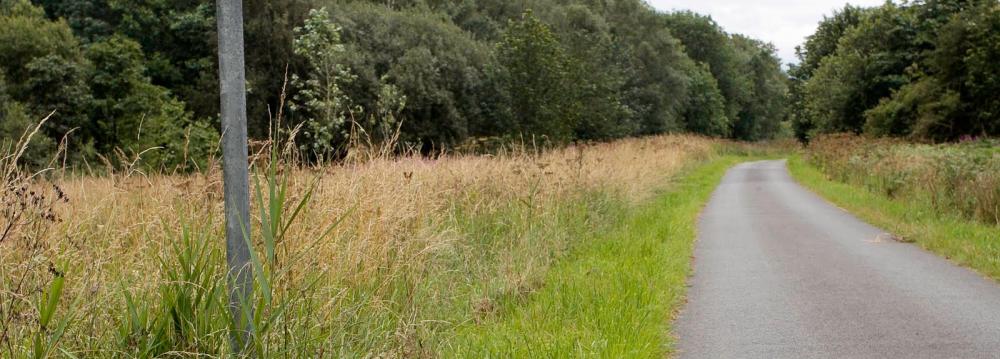Iran is emerging from crisis and moving into its first year without, or with fewer, sanctions.
However, past mismanagement and international pressure, coupled with a global slowdown in economic activity, have left their mark on Iran. However, misfortunes mostly have internal rather than external reasons. Despite the lifting of sanctions by the international community as part of a historic deal that mothballed large parts of Tehran’s nuclear works, internal economic issues linger, the news portal of Tehran Chamber of Commerce, Industries, Mines and Agriculture reported.
Recently, TCCIMA held a discussion about HOW Iran would fare in the new Iranian year 1395 that started on March 19, 2016.
Presidential advisor, Masoud Nili, and head of Sharif University’s Management and Economics Faculty, Seyyed Farshad Fatemi, were invited by Masoud Khansari, the chamber’s head, to weigh in on the economy.
“I don’t remember any period when the country’s one-year economic performance garnered such attention, as has been for 1395,” said Nili.
He sees the banking sector’s current solvency crisis as the main threat to economic growth.
The escalating level of overdue debt to banks and mounting government debt to them has left them with little money to lend. Also, recession in the housing market during the previous two years eroded bank asset returns, as the sector invested heavily in property.
The aggregate effect has been fewer loans at higher interest rates—rates few businesses can afford.
Furthermore, banks have become more indebted to the Central Bank of Iran and their profit margins have declined as a result.
“High interest rates and its divergence from falling inflation have dampened consumer demand and investment,” said Nili.
Reducing government interference in bank policies and lowering government debt to lenders by selling bonds on debt market will help banks get more cash.
Fatemi added that the ongoing slump in crude oil prices, the government’s main source of revenue, and low business investment are other threats to Iran’s economic growth.
As a result, Fatemi believes growth will be minimal in the first half of the year and forecasting it for the second half is very complex.
Nili was far more upbeat and specific about the year. He said Iran’s gross domestic product is likely to grow 5% this year with 3% coming from the oil industry and the remaining 2% from the rest of the economy.
Both men agreed that unemployment will remain high, as there has been little correlation between GDP growth and employment in Iran’s contemporary history.
Unemployment in Iran stood at 11% last year, according to the Statistical Center of Iran.
However, the average rate masks a graver picture underneath. Most of Iran’s workforce is under 30 and here unemployment shots up to 23.3% (age group 15-29). It is even higher for women at 40.2% (same age group).
Fatemi was also skeptical about the government’s 8% long-term growth target. To reach it, the state requires around $184 billion in domestic investment and $54 billion in foreign investment. These figures are far from the current reality.
“Statistics show that in the best economic condition, investment in the country has not exceeded $3 billion a year,” said Fatemi.
These pointers lead to the conclusion that 1395, despite possible growth experience, will be yet another tough year for the economy.


